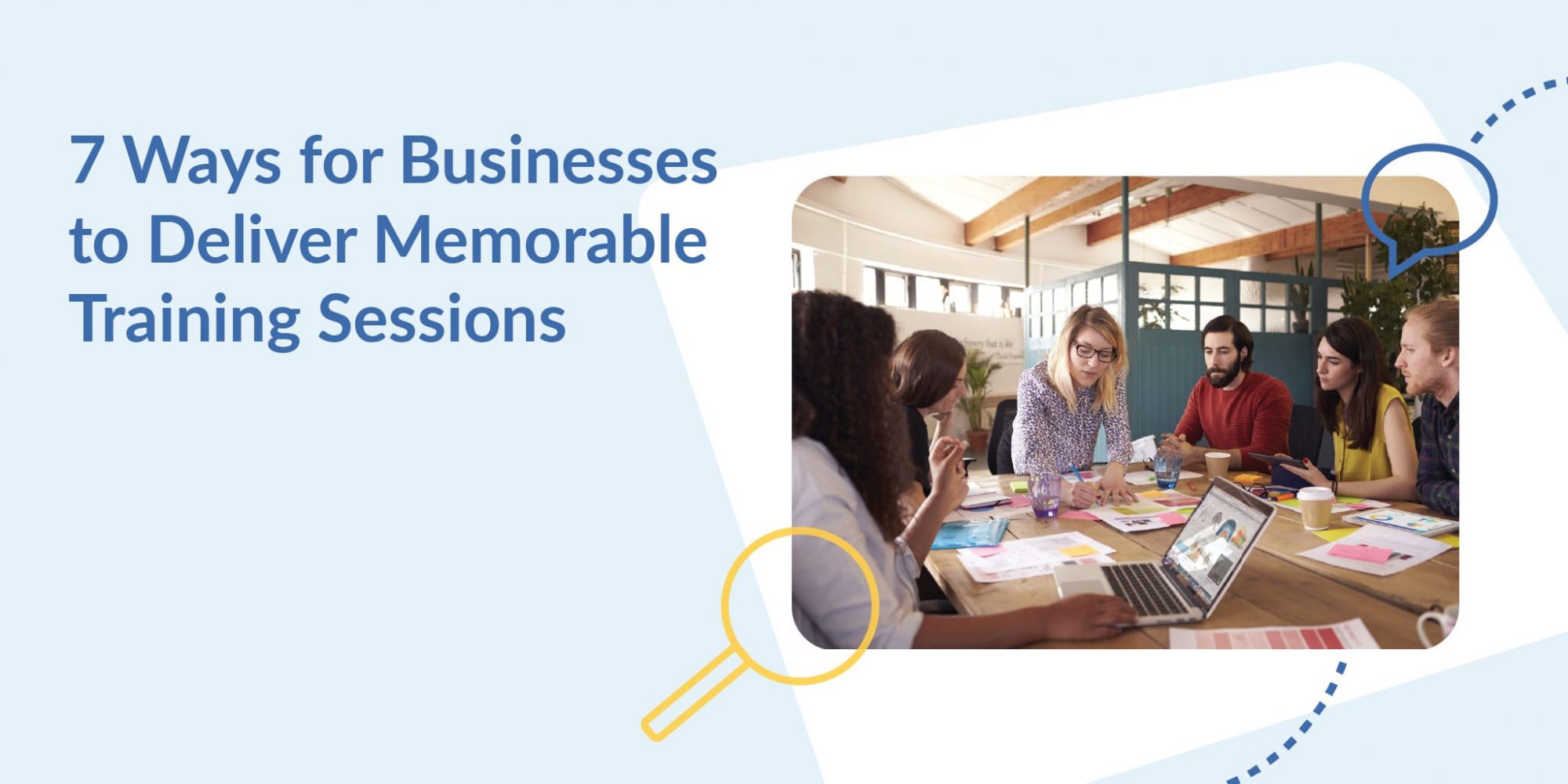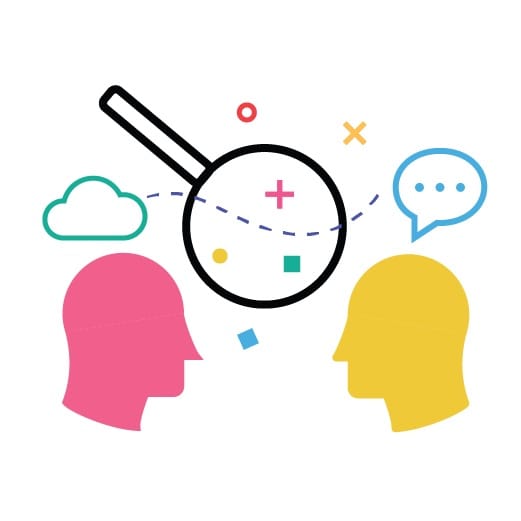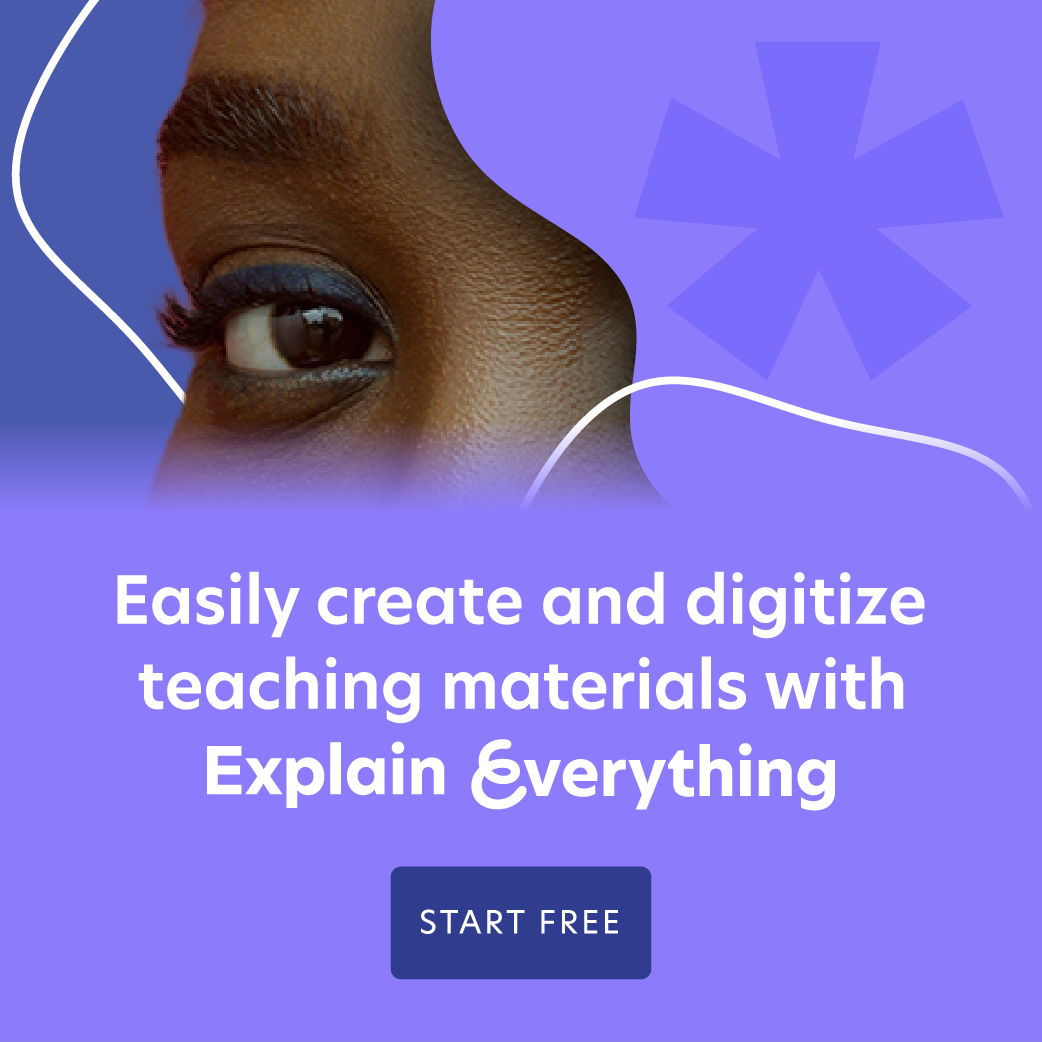7 Ways for Businesses to Deliver Memorable Training Sessions

Providing effective training to develop workforces is a focus for many businesses. According to the Association for Talent Development’s (ATD) State of the Industry report of over 300 organizations, the average cost and hours spent per employee on training and development initiatives is increasing year over year. Companies need to ensure employees have the information they need to perform their jobs well at all stages in their employment. Some research has shown that employee retention increases when new hires experience a well-designed onboarding process and when employees have easy access to training resources to keep their knowledge relevant.
The method you use to deliver your training will depend on your business goals, budget, and information you are presenting. You may even want to consider blended learning designs where you combine various methods to develop the most effective approach for your audience. Regardless of the delivery method, it is more important to ensure employees are able to remember the lessons taught. Here are some tips on how organizations can enhance their training initiatives to keep attracting the talent they need, while also keeping their workforces continually informed in a timely and memorable manner:

1. Be collaborative. If the instructor and student can interact simultaneously with the training material, they can see if real understanding is taking place. This is especially useful when covering complex situations such as explaining how product configurations work. Collaborative platforms that allow you to present training materials while eliciting real-time feedback in the form of annotations or zooming in and out on key points is an effective way to focus on what matters most while also outlining the big picture.
2. Make it visual. Visual storytelling tools such as memes, animated GIFs, diagrams, and videos will help enhance retention of the material you are covering. Numerous studies have shown that information is better understood and retained when words and images are used together. So, pick pertinent images to complement your content and turn your ideas into understanding. Also be sure to use storytelling techniques throughout the session to connect with your audience and keep them engaged.
3. Make it enjoyable. Learning is much easier when you’re having a good time doing it. Gamification is an effective way to increase participation, creating a friendly competitive atmosphere. People like to be rewarded, even if it is in the form of virtual points, badges, level completions, or high-score leaderboards. These rewards can help motivate behavior. Incorporating a game-like structure in your training program can also help show unique problem-solving skills which can be replicated by fellow employees and benefit your whole organization. 4. Reuse existing content in new ways. If you have existing content that you feel conveys your key points and messages, don’t feel you have to toss it and start over. Instead, think about how to pull that existing material into an engaging, memorable training experience. Imagine having an infinite canvas that can hold all your relevant videos, images, files, and even live web browsers without having to fumble through your documents folder. This enables you to deliver an agile presentation and can be a real time saver.
4. Reuse existing content in new ways. If you have existing content that you feel conveys your key points and messages, don’t feel you have to toss it and start over. Instead, think about how to pull that existing material into an engaging, memorable training experience. Imagine having an infinite canvas that can hold all your relevant videos, images, files, and even live web browsers without having to fumble through your documents folder. This enables you to deliver an agile presentation and can be a real time saver.
5. Consider adaptive learning. Training and development courses traditionally have been provided as one package to all employees. This type of model is not always the best approach when dealing with today’s diverse workforces and dynamic workplaces. Besides strategizing about the right training content to deliver, employers should look at implementing training strategies best suited to fit individual employees. Not all employees are at the same level of experience. Personalized training can help nurture specific skills that need to be strengthened, making it a win-win for the employee and the organization.
6. Measure success. Training is only effective if knowledge is gained and put to use. The success of training sessions often fall to a count of how many employees have consumed the content. However, this does not help determine what knowledge your employees have gained. Developing effective measures of success to evaluate is necessary to determine where improvements need to be made or when retraining needs to take place. One measure to use is pre and post skills assessment tests which can be tied directly to the training and show where skills have enhanced. Another measure can be with peer-to-peer teaching arrangements. It is said that the best way to learn is by teaching, so turning your trained employees into temporary teachers is a great way to assess and improve comprehension. Talent LMS, VLearn, and eLearning Industry have additional tips on ways to measure the success of business training programs.

7. Follow-Up. Everyone involved in the process benefits if there is some kind of follow-up that enables continuous learning. You may consider implementing a recertification process or a follow-up test at regular intervals to reinforce concepts and a “use it or lose it” outlook. At the very least, it is essential to securely store training material and provide easy access to your employees when needed. Even more helpful is the capability to record sessions that capture every aspect (audio tracks and screen recordings), with the ability to go back and remix specific moments if necessary. If you think back to the tip above about interactivity, picture watching a recording of how certain ideas and understanding came to life through the instructor or participants highlighting and zooming in on key points. Your employees can watch that recording as often as needed to fully grasp complex concepts.
Ensuring all employees receive valuable training should be a strategic priority that aligns with an organization’s objectives and dynamic workforces. Applying these tips to all areas of your training initiatives – whether it be for new hires, product and process updates, or annual compliance initiatives – can have more impactful and long-lasting results for your employees and bottom line.

